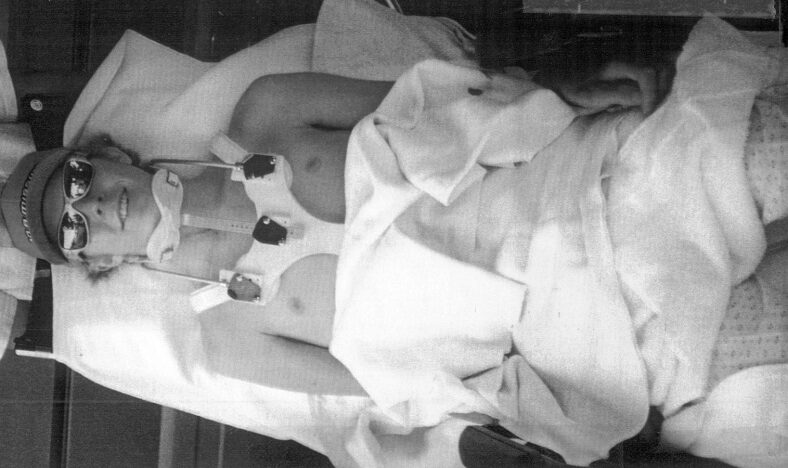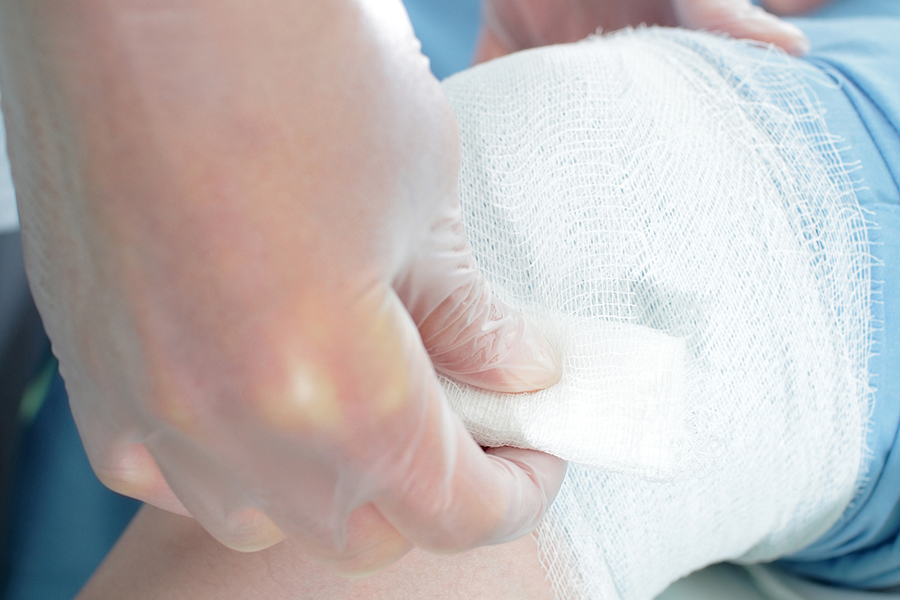In a previous blog, I wrote about what I personally use to manage my neurogenic bladder. In this entry, though, I will share objective information and tools that may help when searching for your ideal bladder-care product.
Finding the right catheter is a process worth investing in for your long-term health. It involves your doctors and insurance company and a willingness to do a little experimentation. And whether you require an intermittent catheter, Foley or condom catheter, getting it right makes a world of difference!
What Is A Catheter?
After sustaining spinal cord injury, you may not be able to control your bladder well, if at all. You may need to use a catheter: a specially designed tube that is inserted through your urinary meatus (located in the glans penis in males, and in the vulva in females) and into your bladder to empty urine. There are multiple forms of catheterization such as the intermittent catheter (IC), Foley (indwelling) catheter and the external condom catheter with leg bag.
Why Is A Catheter Important?
Whichever form of catheter you require, a thorough understanding catheters is necessary. It is very important to empty the bladder to prevent injury to your kidneys. If you do not have feeling in your bladder, you might not know when it is full. If your bladder gets too full, urine can back up into your kidneys and cause permanent damage.
Experiment
I think we can all agree that every body is different, therefore one size does not fit all. In order to discover a catheter system best suited for your body, you must safely experiment with a variety styles, materials and methods.
I have found that the best way is to be proactive with this process – by asking your doctor, urologist and insurance company to help you find the right model and request samples to test. This will greatly improve your confidence in your selection, control of your bladder and overall long-term heath.
Precautions:
It is important to ensure the use of sterile products and a clean environment to prevent exposure to excess bacteria and potential bladder infections. Emptying your bladder is recommended to be done four to six times per day, every three to six hours to prevent urine back up – which may cause leaks, or even worse autonomic dysreflexia! Also, keeping the skin around your groin dry helps to prevent skin damage caused by moisture. And by maintaining a regular emptying schedule it helps your bladder muscles naturally stretch and remain healthy.
Selecting a Catheter
When choosing a bladder care system there are a few things to consider:
- Male or female
- Level of injury and hand function
- History of urinary tract infections (UTIs)
- Insurance coverage
- Doctor recommendations:
- Intermittent catheter
- Foley (indwelling) catheters
- Condom catheters
Intermittent Catheters (IC)
There are many intermittent catheters available on the market with a variety styles and sizes. Intermittent catheter features may include:
- Size: Catheters come in different sizes. Your doctor can help you find the right size.
- Material: Different materials are used, including silicon, nylon, rubber, etc…
- Tip style: Some catheters have different tip styles to help with insertion.
- Lubrication: Some catheters come with lubricant already on them.
- All-in-one: Some catheters are all-in-one with lubrication and a built-in drainage bag.
I personally prefer an all-in-one, no touch, sterile catheter like the JAW. Here is a video where I explain in detail all of its features.
Condom Catheters
Condom catheters are also available in a variety styles and sizes. Condom catheter features may include:
- Material: Condoms are often made out of polyvinyl or silicone. I suggest testing different condoms before wearing one for an extended period of time to ensure skin health.
- Disposable: Single use condoms are the most common. They are designed to be changed every 24 hours but can be used for up to 48 hours.
- Size: It’s important to choose a size that fits properly. Companies have charts to help you find the right one. A condom that is too small may cause skin problems. One that is too large might leak or come off when you don’t want it to.
Application Method: Most condoms are self-adhesive. It’s meant to stay on with built-in sticky tape. Other condoms stay on by applying double-sided sticky tape placed at the base of the penis.
Foley (Indwelling) Catheters
A Foley (indwelling) catheter is a thin tube that is inserted into your bladder by a doctor. It typically stays in your bladder for a few weeks at a time before having to be changed by a doctor or nurse.
For more information, see related articles and catheter resources here:

















